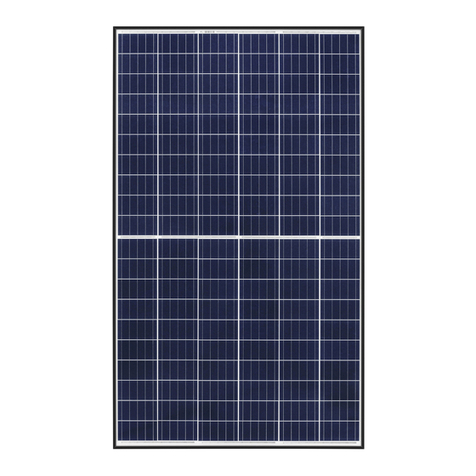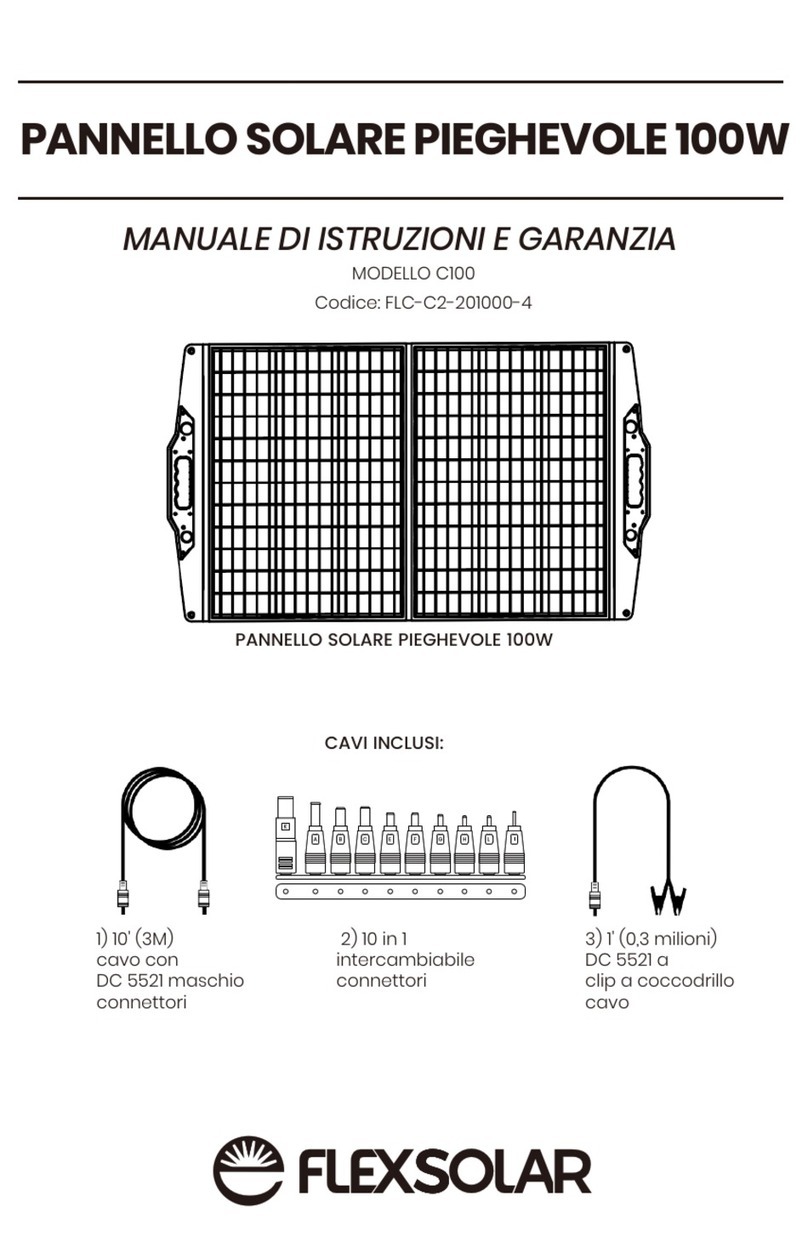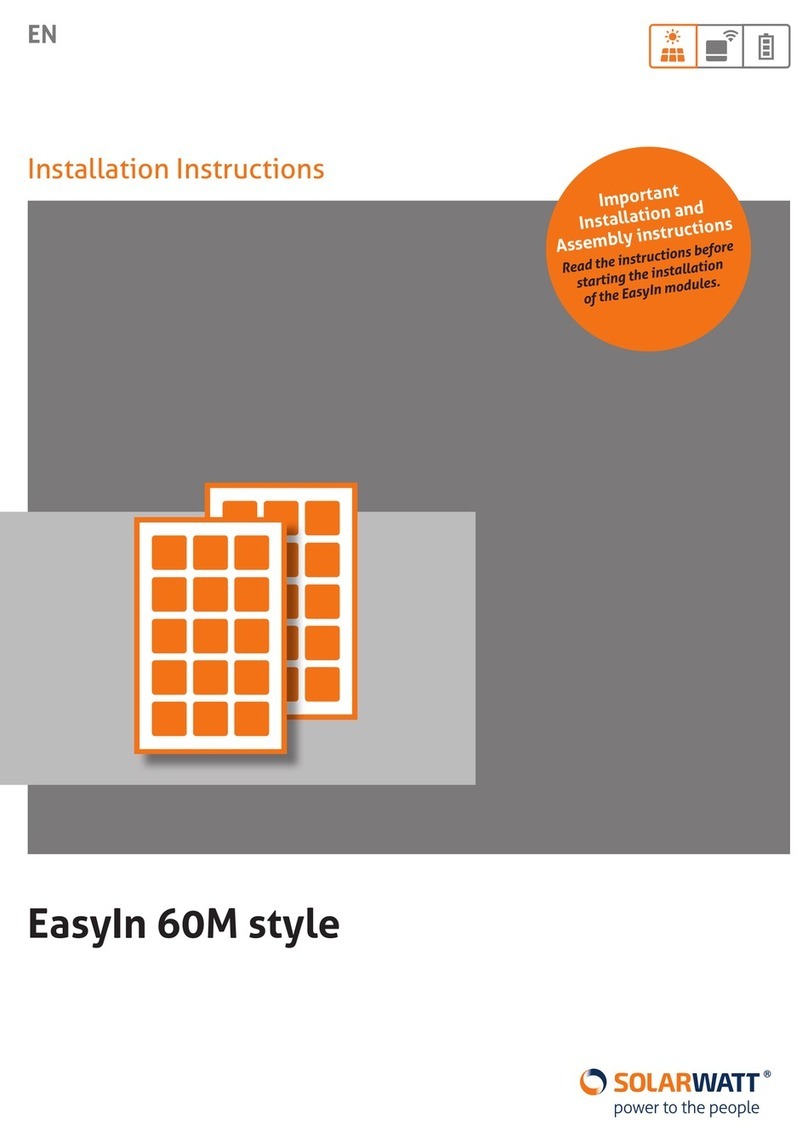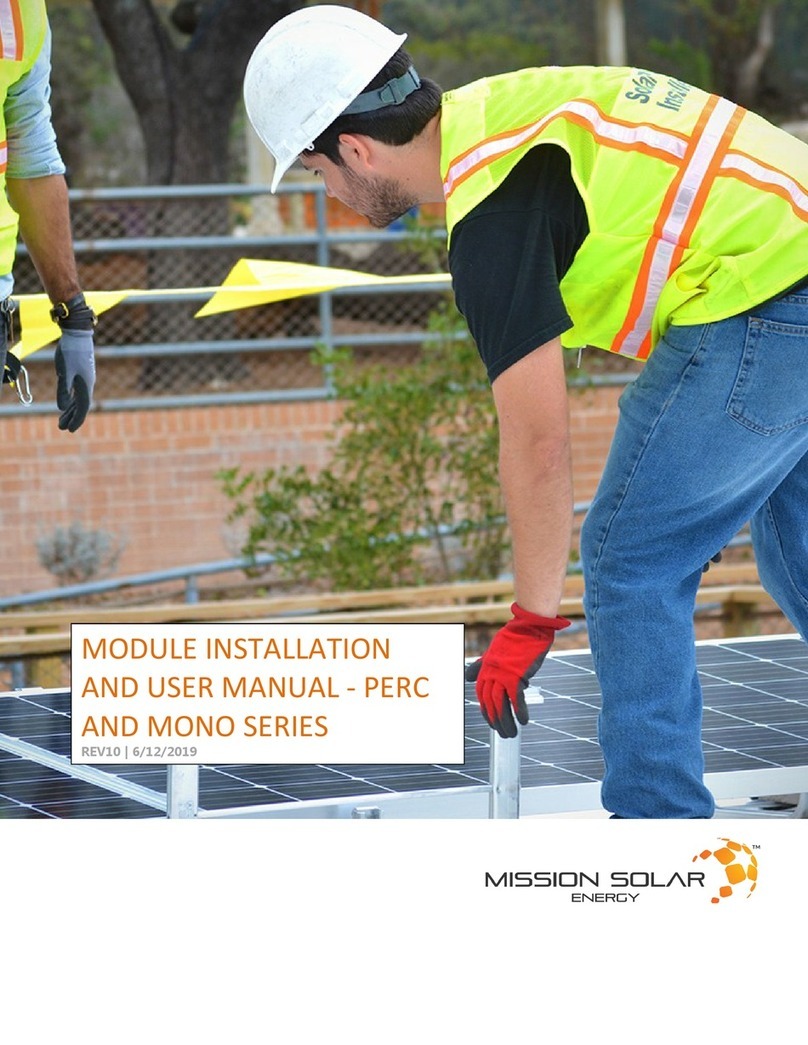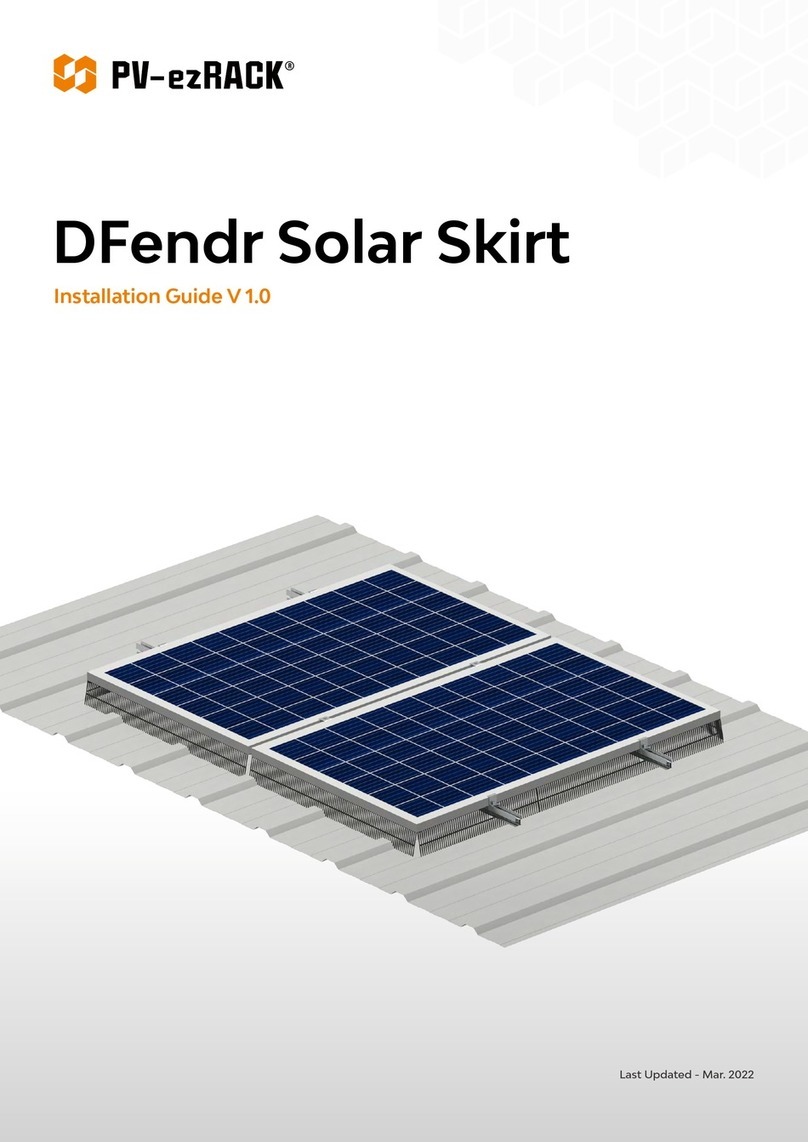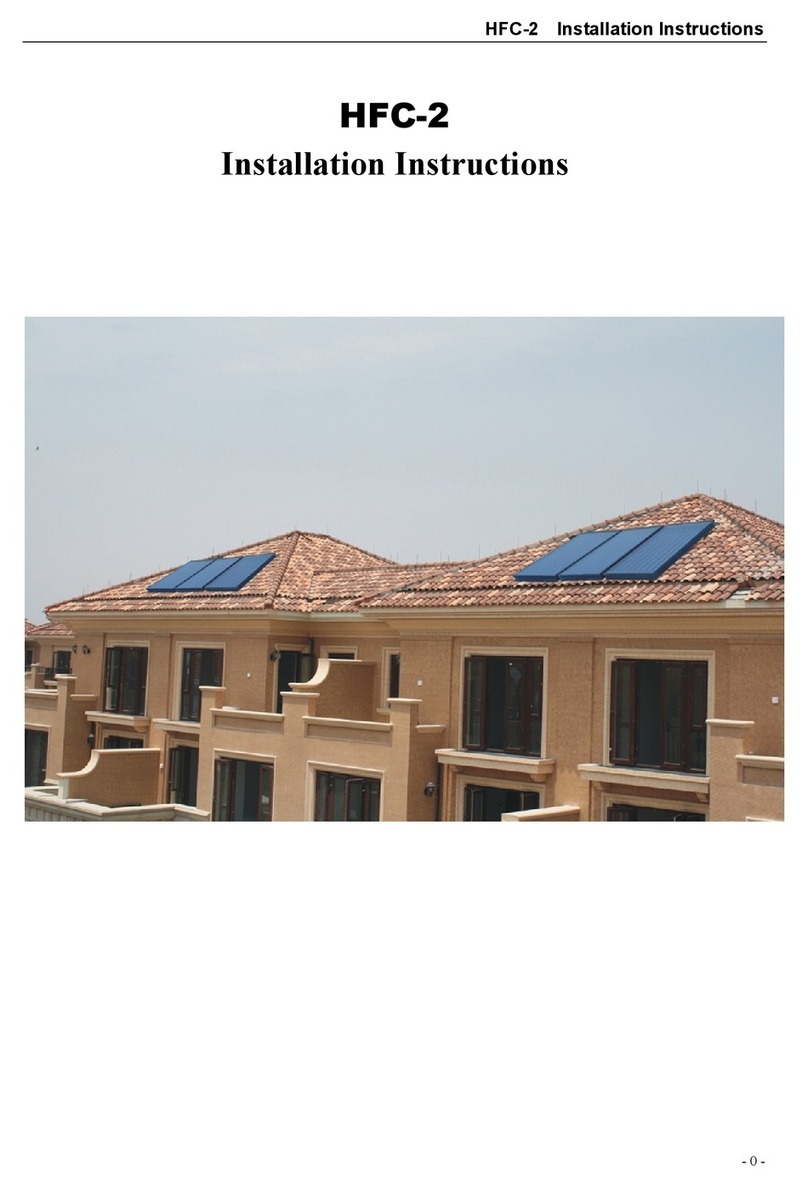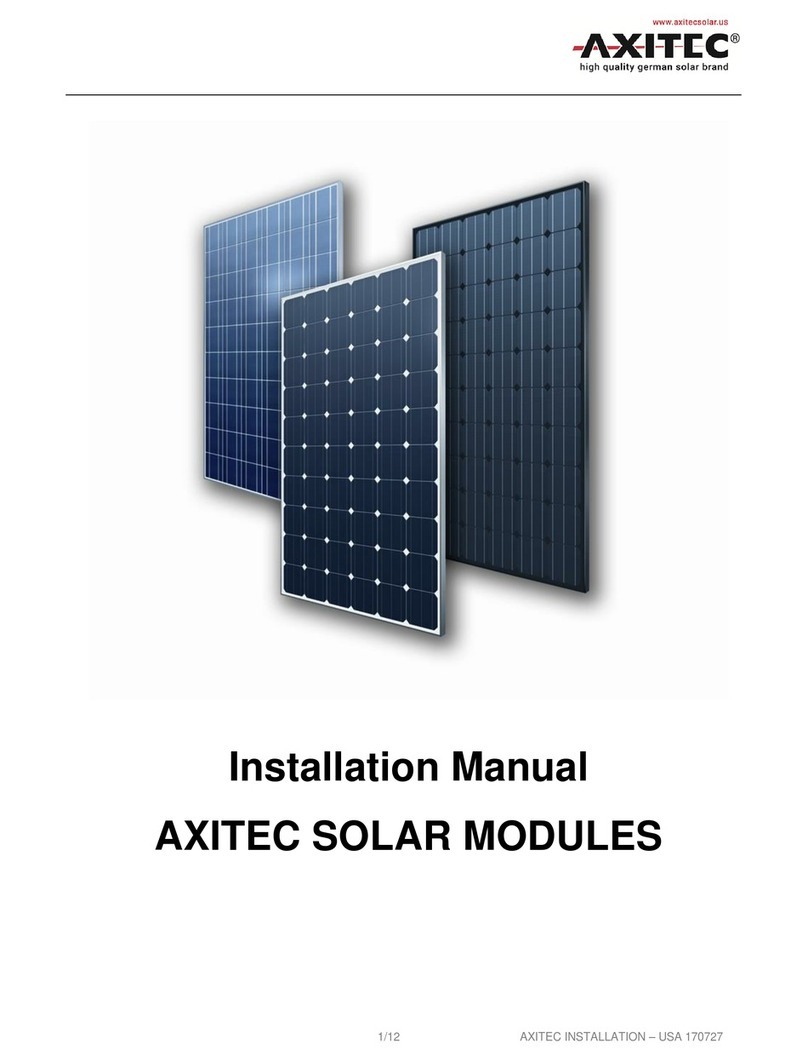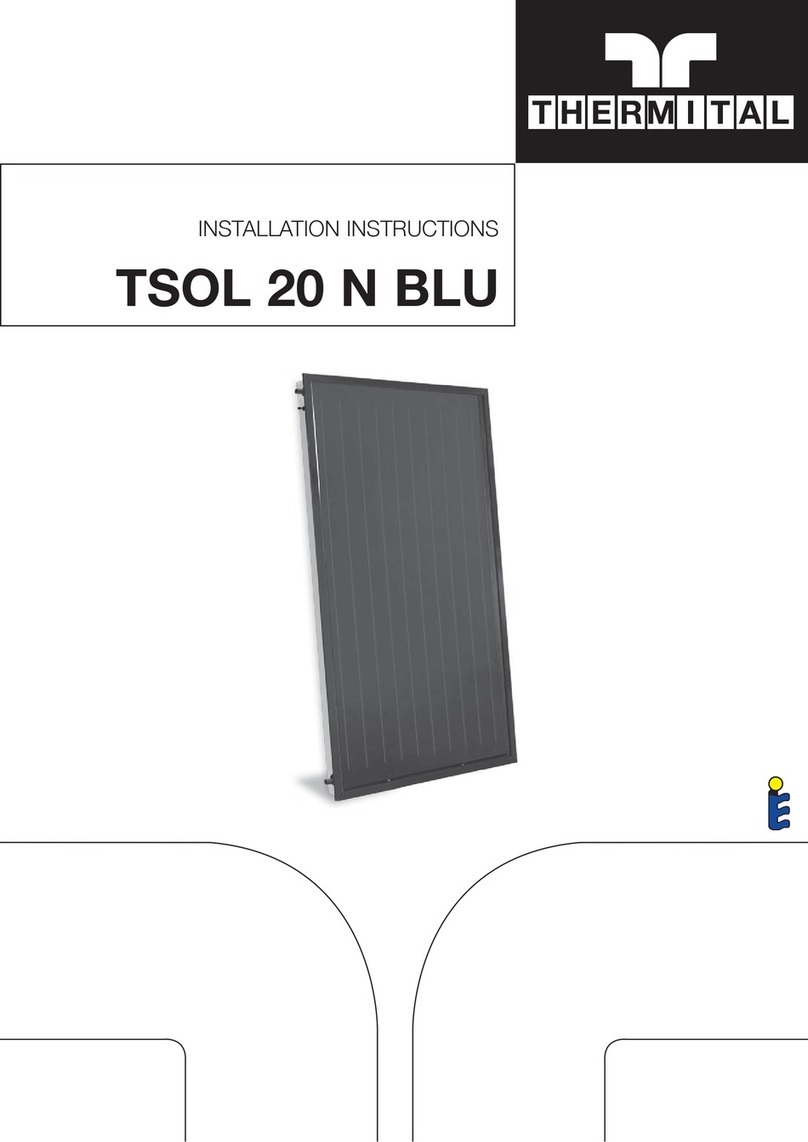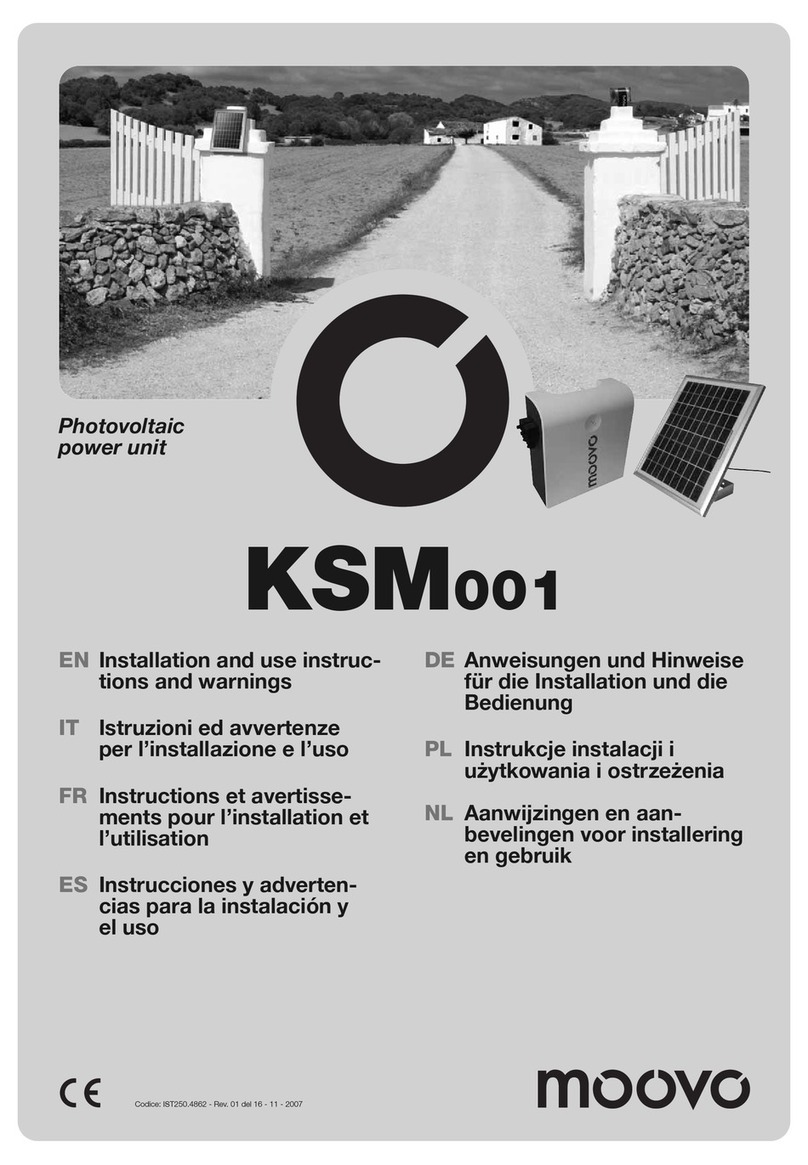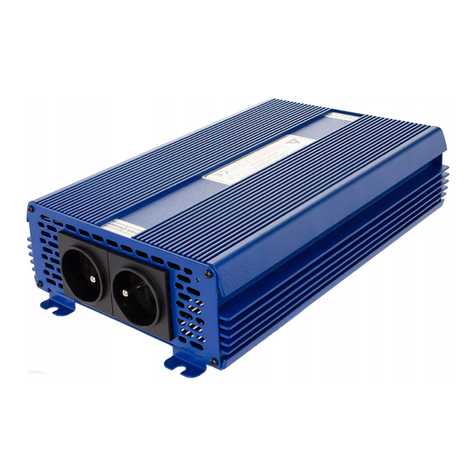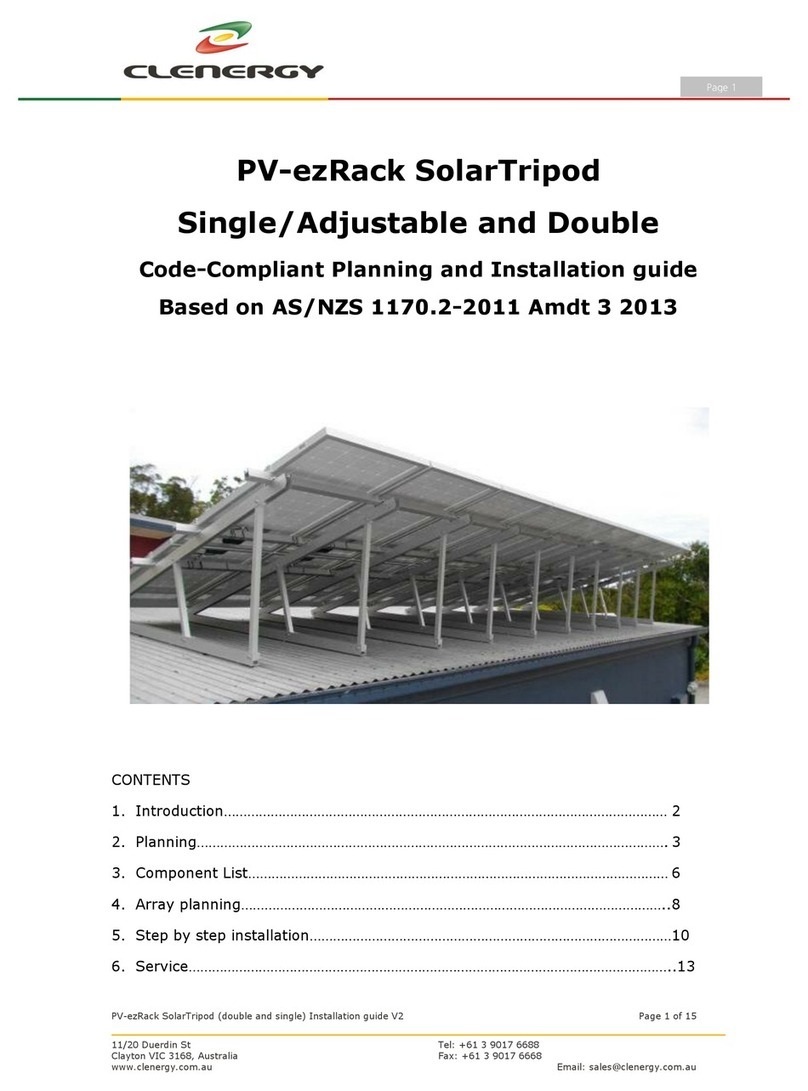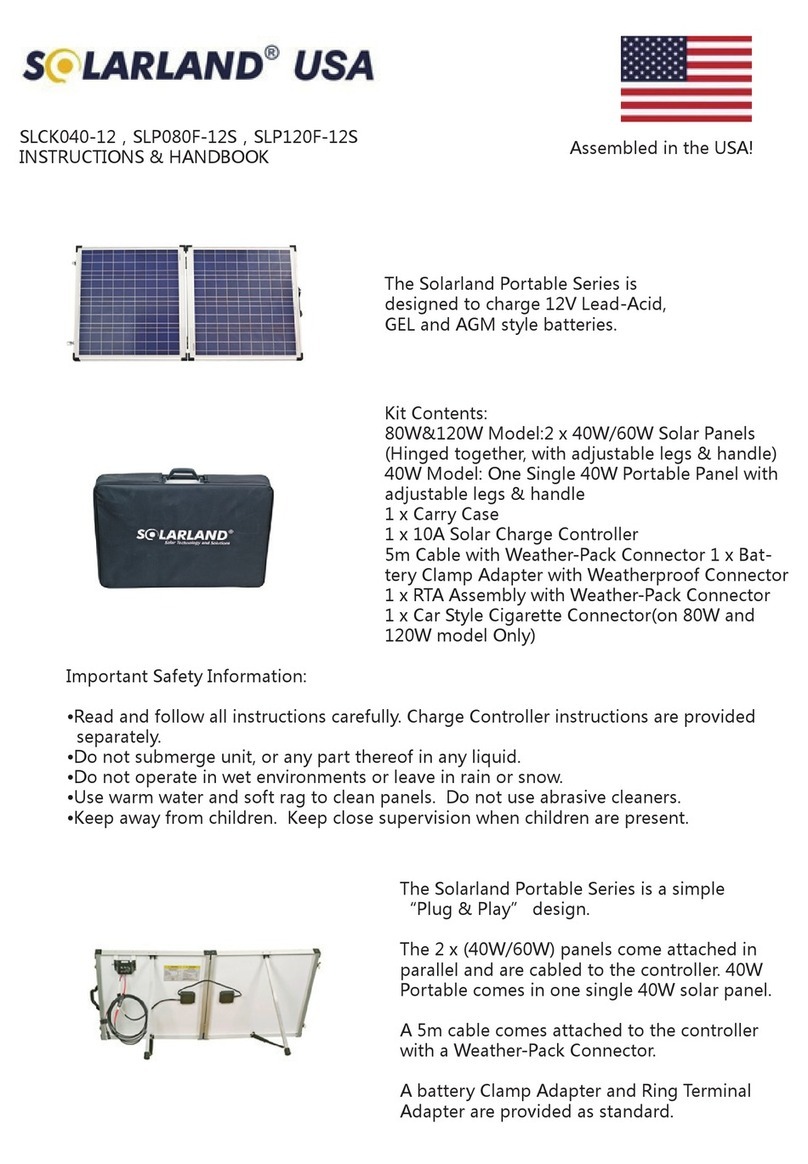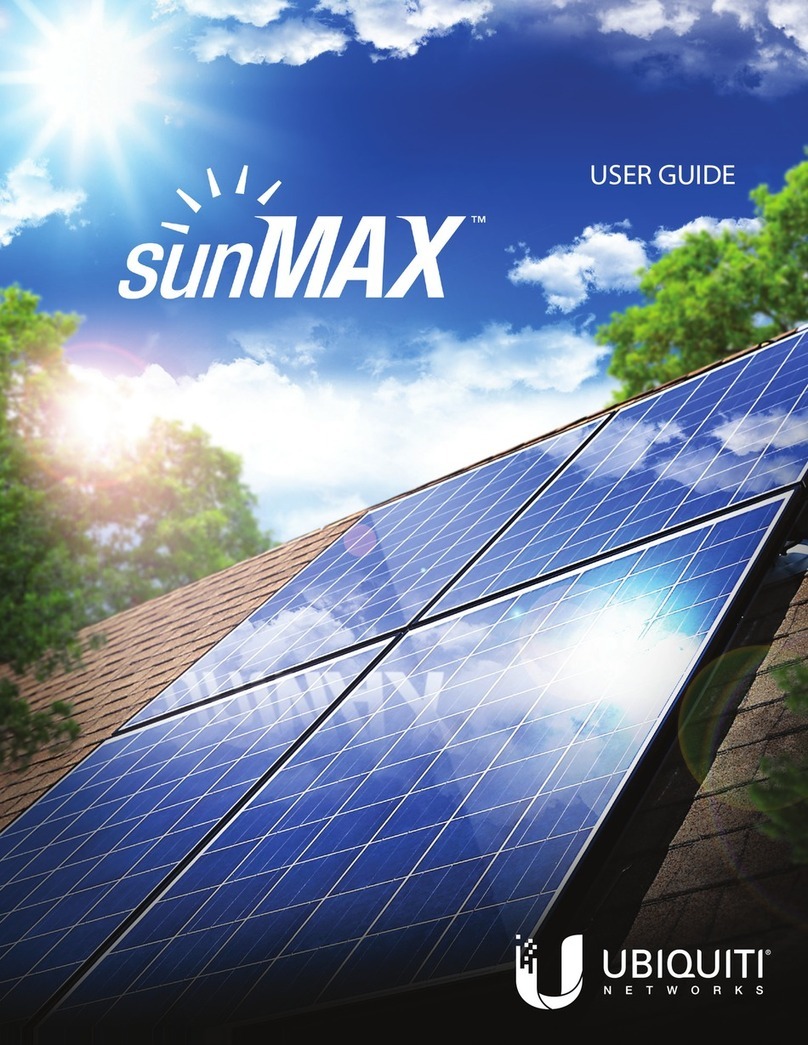
Installation, operation and maintenance instructions - DualSun XXXM –60 –3BBP
Table of contents
1Introduction ...................................................................................................................................... 3
1.1 DualSun product list .......................................................................................................................................... 3
1.2 Symbols used in this document.......................................................................................................................... 3
1.3 General safety instructions ................................................................................................................................ 4
1.4General standards to be respected .................................................................................................................... 5
2General description ........................................................................................................................... 6
2.1 Operating principle of the Spring Panel.............................................................................................................. 6
2.2 Principle diagram of a Spring module................................................................................................................. 6
2.3 Technical specifications ..................................................................................................................................... 7
2.3.1 Physical characteristics.................................................................................................................................................................7
2.3.2 Photovoltaic characteristics .........................................................................................................................................................7
2.3.3 Thermal characteristics ................................................................................................................................................................7
2.3.4 Thermal output vs. flow rate behaviour .......................................................................................................................................8
2.3.5 Pressure loss.................................................................................................................................................................................9
2.3.6 Recommended flow rates...........................................................................................................................................................10
2.3.7 Maximum authorized pressures .................................................................................................................................................10
2.4 General recommendations................................................................................................................................11
2.4.1 Handling .....................................................................................................................................................................................11
2.4.2 Transportation ...........................................................................................................................................................................11
2.4.3 Storage .......................................................................................................................................................................................11
2.5 Technical considerations...................................................................................................................................12
2.5.1 Static requirements on the roof..................................................................................................................................................12
2.5.2 Tilt angle.....................................................................................................................................................................................12
2.5.3 Wind and snow load...................................................................................................................................................................12
2.5.4 System location ..........................................................................................................................................................................12
2.5.5 Types of mounting......................................................................................................................................................................13
2.5.6 Fire/explosion protection ...........................................................................................................................................................13
3Assembly and installation................................................................................................................ 14
3.1 Installing DualSun modules...............................................................................................................................14
3.2 Mechanical installation.....................................................................................................................................16
3.2.1 Positioning areas of mounting system rails................................................................................................................................16
3.2.2 Raising the panels relative to the roof surface ...........................................................................................................................17
3.2.3 Possible connection configurations with hydraulic links ............................................................................................................18
3.2.4 Trapezoidal sheet metal roofing.................................................................................................................................................19
4Electrical installation ....................................................................................................................... 22
4.1 Electrical connection.........................................................................................................................................22
4.1.1 Serial wiring................................................................................................................................................................................23
4.1.2 Parallel wiring ............................................................................................................................................................................23
4.2 Electrical fittings, cables and diodes..................................................................................................................24
4.3 Grounding and lightning protection ..................................................................................................................25
4.4 Indirect lightning strike.....................................................................................................................................26
5Hydraulic installation....................................................................................................................... 27
5.1 Hydraulic connection of the panels ...................................................................................................................27
5.1.1 Inter-Panel hydraulic link............................................................................................................................................................27
5.1.2 Hydraulic balancing of panel fields ............................................................................................................................................30
5.1.3 Connecting the panel field to the transfer circuit .......................................................................................................................35
5.2 Panel temperature probe..................................................................................................................................38
6Cleaning the surface of the modules................................................................................................ 39
7Decommissioning the installation.................................................................................................... 39
7.1 Disassembling a module ...................................................................................................................................39
7.2 Hydraulic disconnection....................................................................................................................................40
7.3 Waste treatment ..............................................................................................................................................40
8Responsibilities................................................................................................................................ 40
8.1 Warranty conditions .........................................................................................................................................41
8.2 Disclaimer.........................................................................................................................................................41
